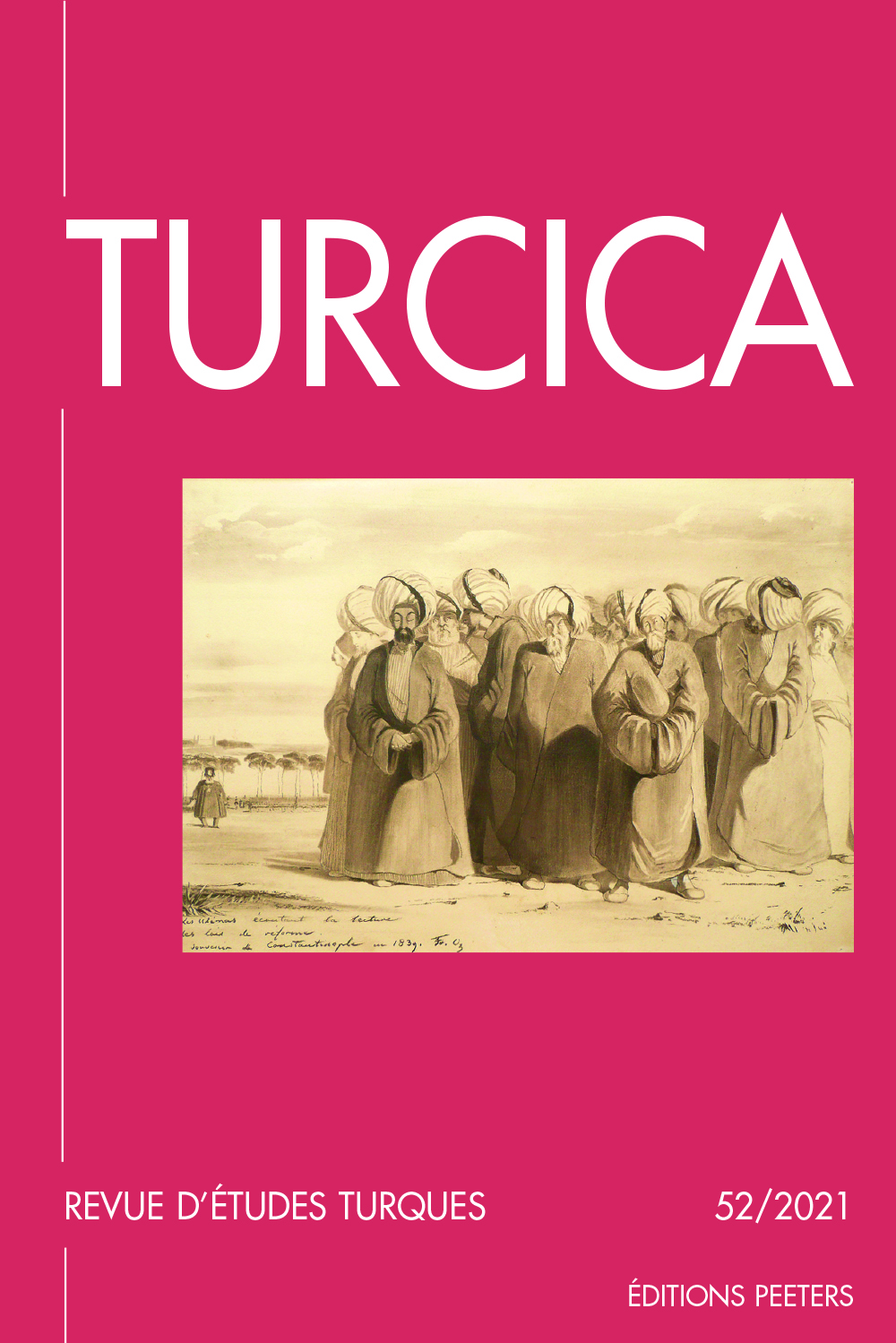 previous article in this issue previous article in this issue | next article in this issue  |

Preview first page |
Document Details : Title: The Most Literary Ottoman Pilgrimage Narrative: Nabi's Tuhfetü'l-Haremeyn Author(s): COSKUN, Menderes Journal: Turcica Volume: 32 Date: 2000 Pages: 363-388 DOI: 10.2143/TURC.32.0.473 Abstract : The Tuhfetü’l-haremeyn is the pilgrimage narrative of the famous Ottoman poet Nabi (1642-1712), who went on the hajj in 1089-90/1678-9 passing through Konya, Aleppo, Urfa, Antep, Damascus, Jerusalem and Cairo. The narrative is composed in a very artistic and elaborate prose interspersed with many Persian verses. It is full of Persian and Arabic vocabulary to such extent that someone called Rafi paraphrased its last parts by making some marginal alterations. While expressing his sincere feelings at the sacred places, Nabi quoted famous verses related to his immediate subject. A large part of these quotations come from Persian books called Fütuhu’l-haremeyn. The narrative which includes a vivid description of the sacred places in the Hijaz and Jerusalem, was given great attention by a vast spectrum of people extending from the sultan of the time, Mehmed IV, to ordinary men. The narrative was made use of by succeeding pilgrim writers such as Mehmed Edib and an anonymous writer. |
 |


